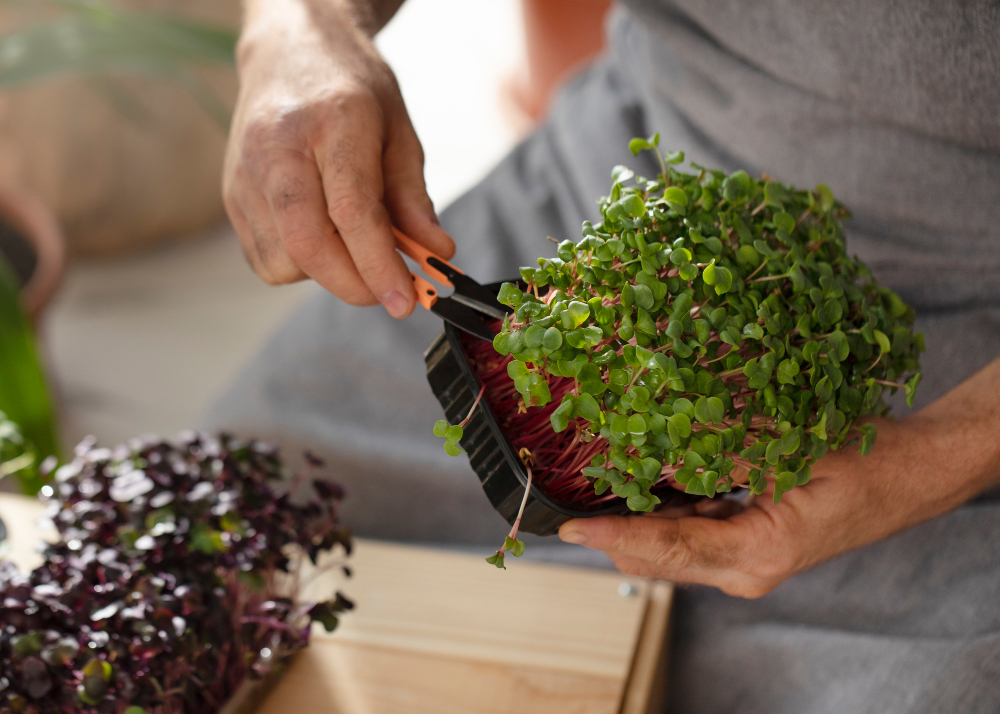As fruit and vegetable prices are expected to rise this year, Americans might not have to look much further than their own backyards for fresh, affordable produce. While many believe their local climate limits what they can grow, experts say there’s a surprising bounty waiting just outside the back door.
According to Craftcamp, a leading resource for backyard builders and garden DIYers alike, every U.S. state has unexpected fruits and vegetables that thrive with minimal effort – no green thumb or elaborate equipment needed. From heat-loving hibiscus in Alabama to wild-foraged gooseberries in Wyoming, a bit of smart planting (and maybe a DIY raised bed or mini greenhouse) could be the secret weapon against rising grocery bills.
And the best part? These crops aren’t just practical – they’re beautiful, resilient, and often more nutritious than their store-bought counterparts. And if you don’t have a backyard? No problem. Many of these crops are well-suited to container gardening, balcony boxes, or even windowsill growing – making them perfect for apartment dwellers and renters too.
Interesting produce that can be grown in different states include:
Connecticut: Ground Cherries
Looking for something exotic yet easy in Connecticut? Ground cherries, wrapped in their own papery husks, deliver a sweet-tart punch of pineapple and tomato flavors.
North Dakota: Rutabagas
Rutabagas thrive in North Dakota’s cool climate, developing a sweet, nutty flavor after the first frost – perfect for roasting or mashing into hearty fall dishes.
Oregon: Fava Beans
Cool, damp Oregon springs are ideal for fava beans, a dual-purpose crop whose tender shoots and buttery beans make them a springtime staple.
South Carolina: Bitter Melon
Adventurous gardeners in South Carolina can tackle bitter melon, a tropical climber prized for its health benefits and its vibrant, alien-looking fruits.
Utah: Amaranth
Both beautiful and practical, amaranth’s colorful plumes and edible leaves make it a superstar in Utah’s dry, sunny gardens, offering beauty, nutrition, and resilience.
Why It Matters
“Food security starts right outside your door,” says Martynas Mandrijauskas, founder of Craftcamp. “In times of economic uncertainty, home gardens aren’t just a hobby – they’re a smart, empowering way to feed your family. Whether it’s a raised bed you built yourself or just a few containers on the porch, the right crops can make all the difference.”
Craftcamp put together an interesting infographic with tips on what grows best based on your living conditions.
Mandrijauskas notes that many of these crops are more forgiving than traditional garden staples, thriving even in extreme heat, humidity, or cooler climates. “We want to show people: you don’t need to be a master gardener. You just need a patch of soil, a little water, and the right plants for your region.”



